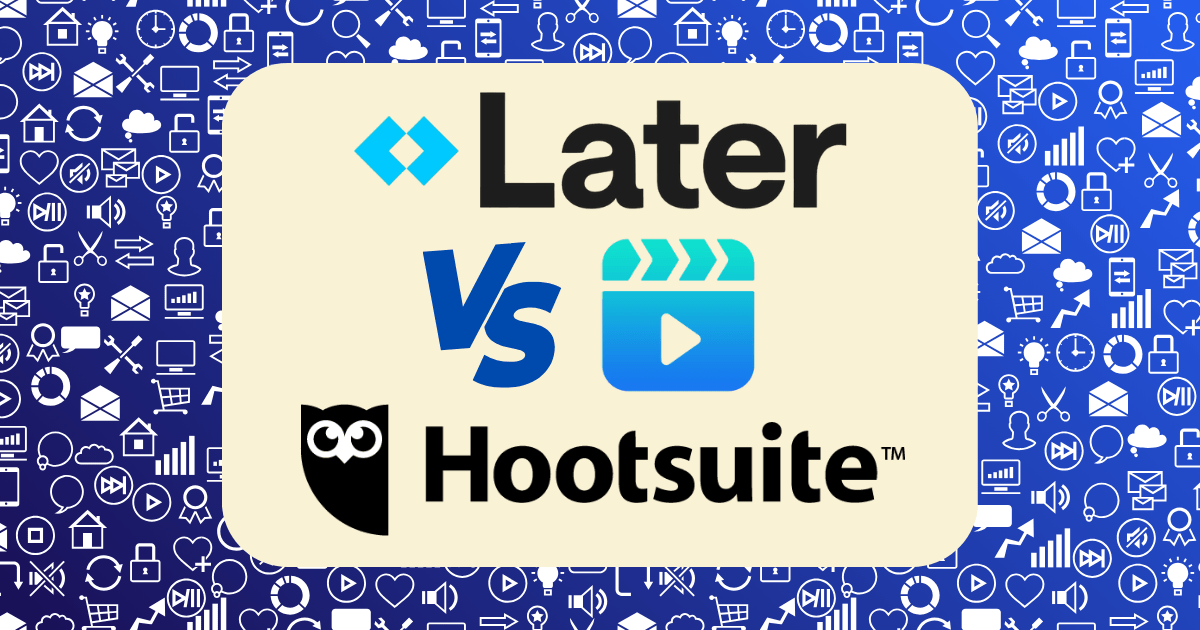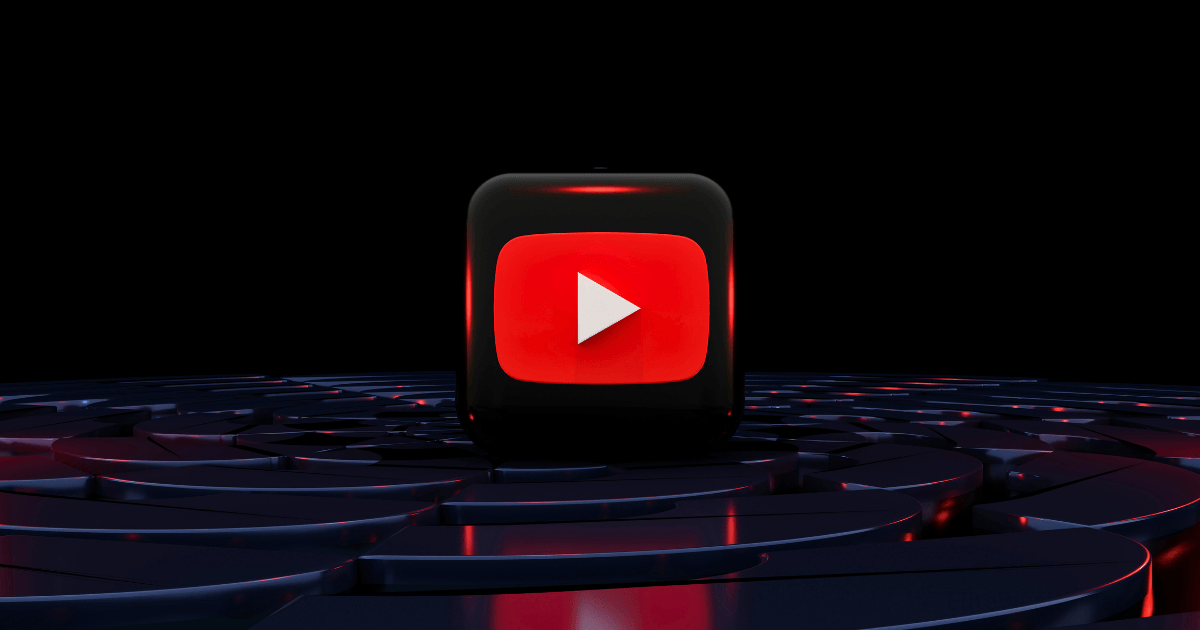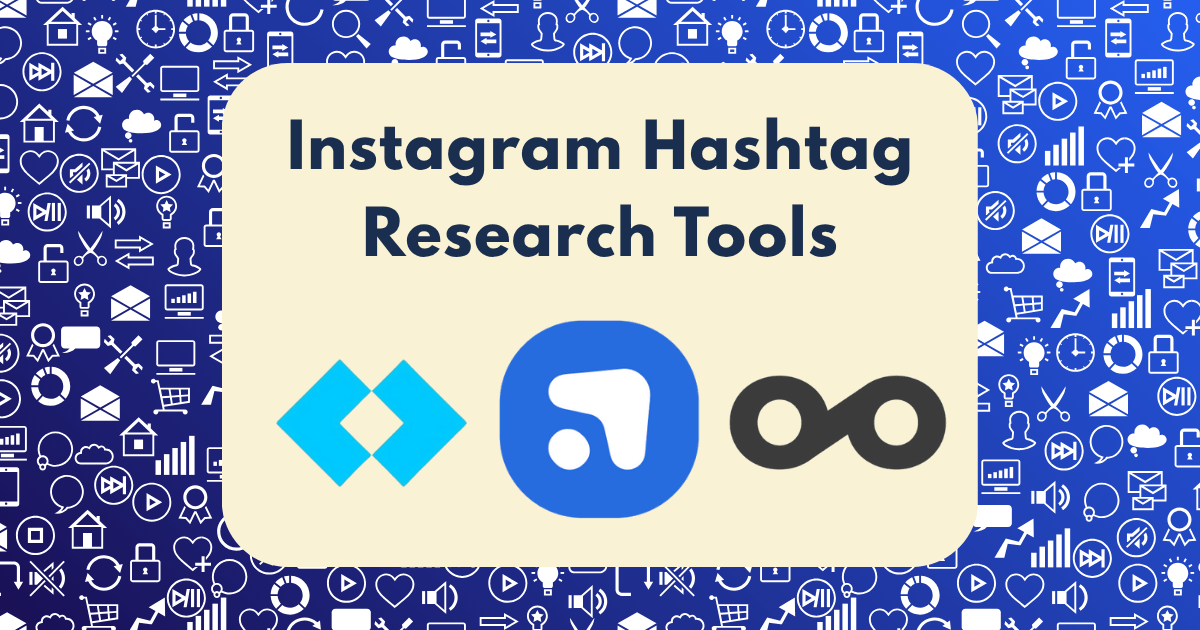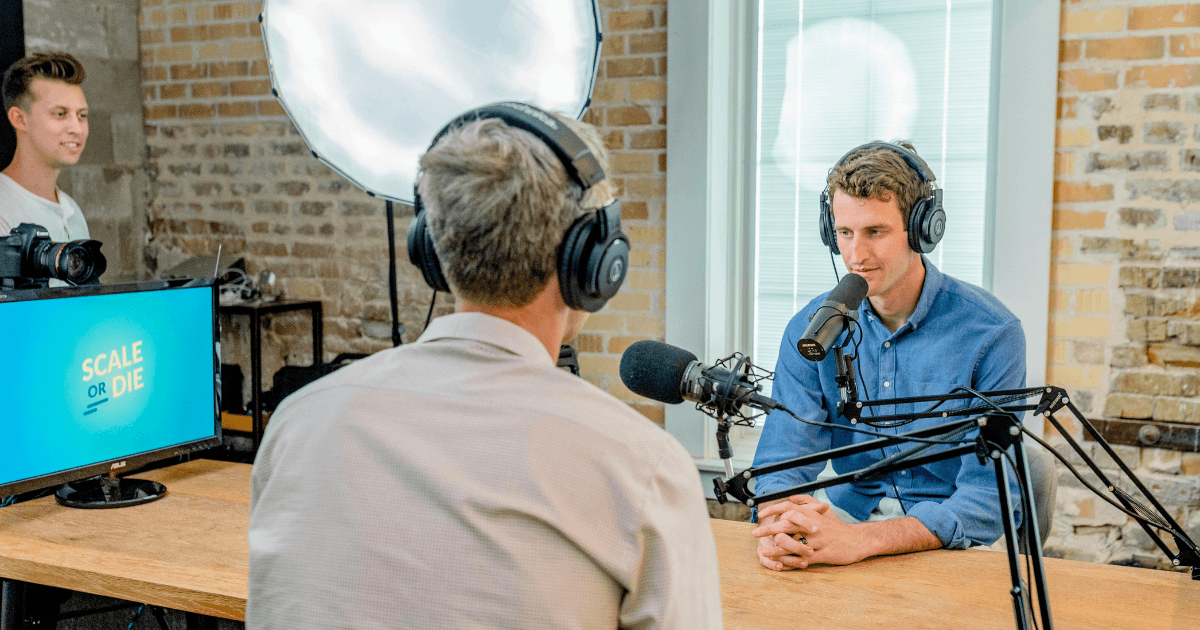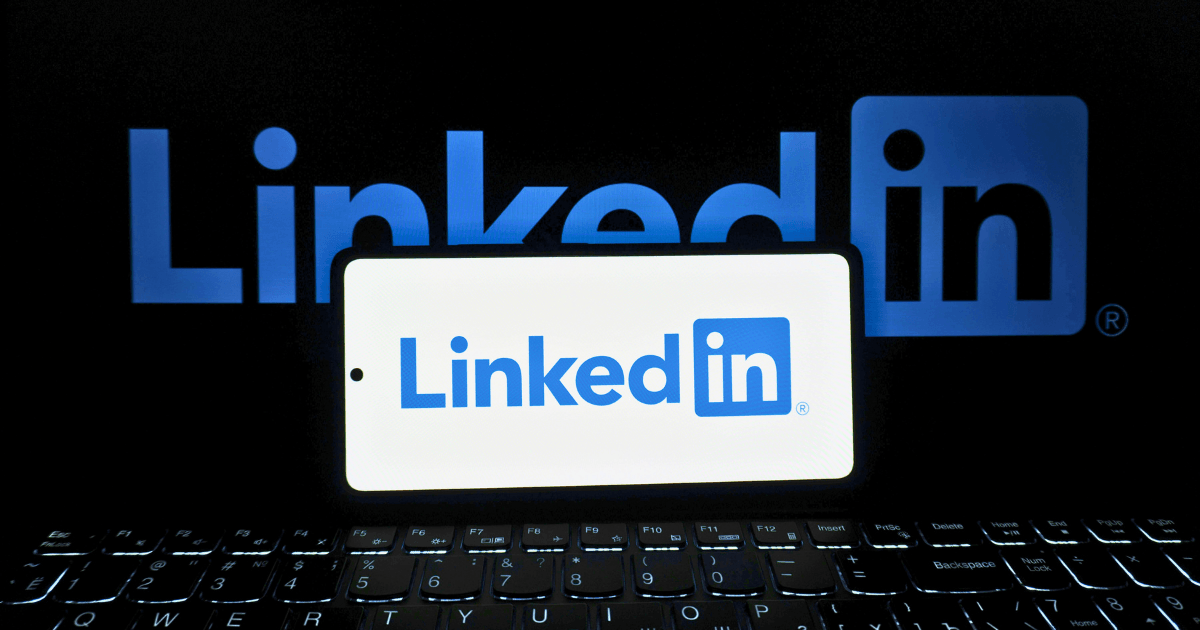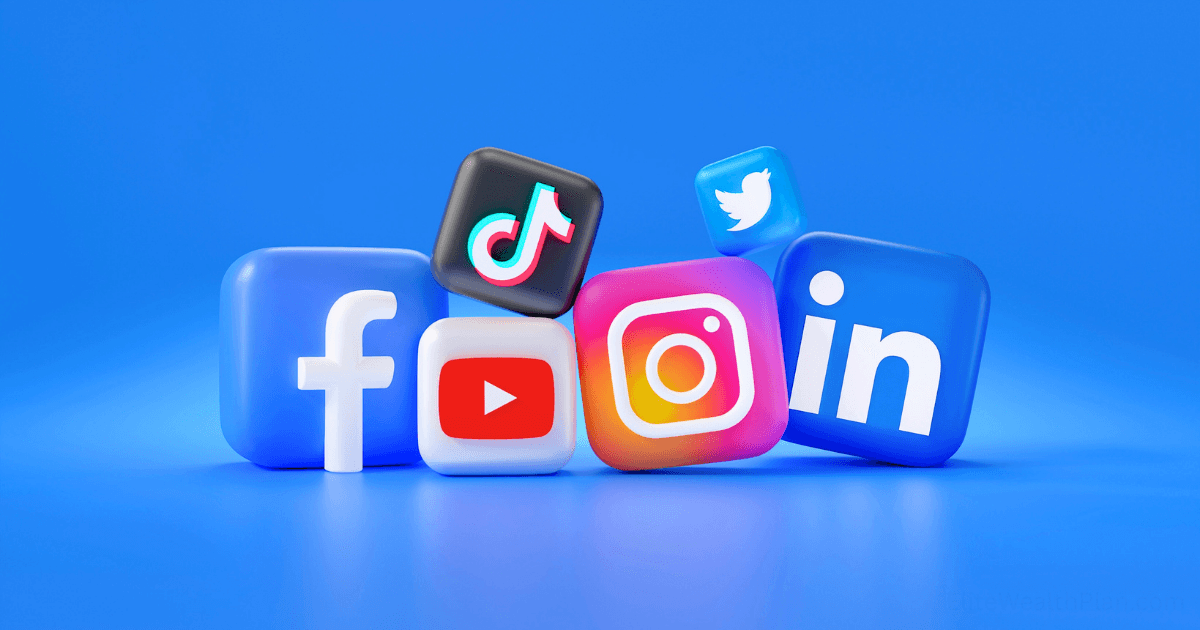Sponsored Content Rate Calculator: How Much to Charge Based on Your Audience Size and Niche
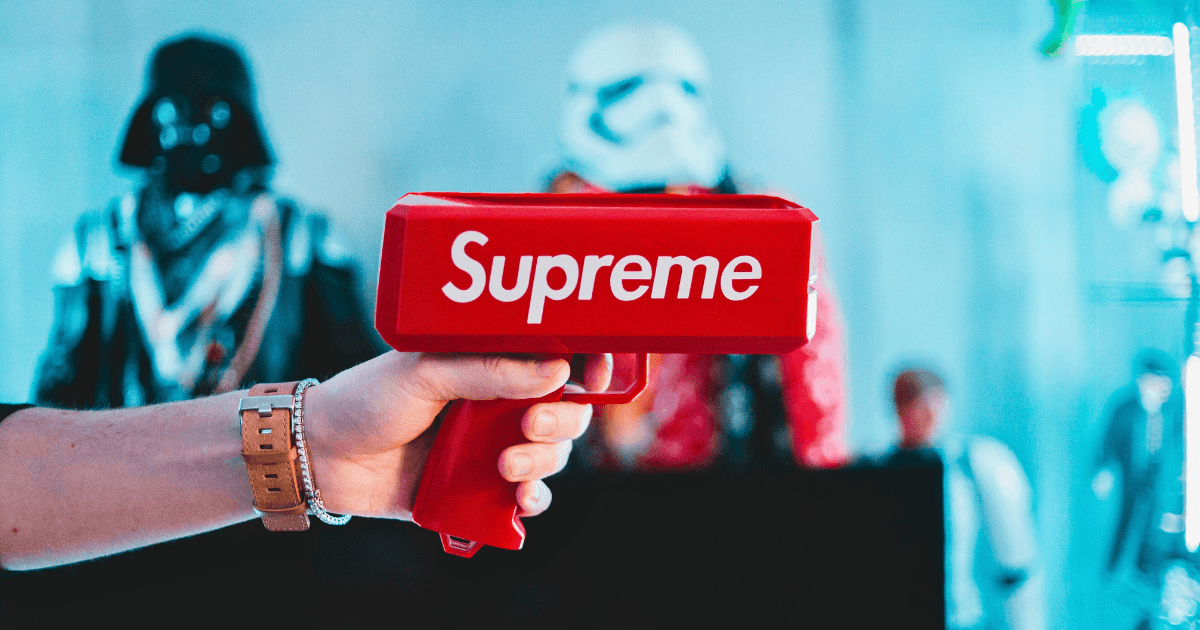
Last year, I made a $7,000 mistake.
A major brand approached me for a sponsored content package—three Instagram posts, two stories, and one YouTube video. Excited by the opportunity, I quoted what I thought was a fair rate: $3,000.
The brand accepted immediately. Too immediately.
After delivering the content and analyzing the campaign’s performance, I discovered something painful: based on industry standards and the results I delivered, I should have charged at least $10,000.
That $7,000 undervaluation wasn’t just a one-time loss—it set a precedent for future negotiations with that brand and others in my network.
I vowed never to make that mistake again. I spent months researching industry standards, interviewing successful creators, and developing a systematic approach to pricing sponsored content.
Today, I’m sharing the exact rate calculator I’ve developed—the same one that has helped me and hundreds of other creators establish fair, profitable pricing for sponsored content across platforms.
The Sponsored Content Pricing Crisis in 2025
Before diving into the calculator, let’s address the current state of sponsored content pricing:
- Massive disparity: According to Influencer Marketing Hub, there’s up to a 400% difference between what creators with similar audience sizes charge for identical deliverables
- Undervaluation epidemic: 68% of creators report consistently undercharging for sponsored content, leaving significant money on the table
- Niche blindness: Most creators don’t account for niche-specific premiums, with high-value industries like finance and technology commanding up to 3x higher rates than general lifestyle content
- Platform confusion: Pricing varies dramatically across platforms, with YouTube typically commanding the highest rates, followed by TikTok and Instagram
As Creators Jet research shows, even within the same audience size category, rates can vary by 200-300% based on niche, engagement, and platform.
The Five Factors That Determine Your Sponsored Content Value
Through extensive research and testing, I’ve identified five core factors that determine the true value of your sponsored content:
1. Audience Size (Base Rate)
Your audience size establishes your base rate—the foundation upon which all other factors build. Here are the current industry standards for 2025:
Instagram Post Rates:
- Nano (1K-10K followers): $75-$250
- Micro (10K-50K): $250-$600
- Mid-Tier (50K-100K): $600-$1,200
- Macro (100K-500K): $1,200-$2,500
- Mega (500K+): $2,500+
TikTok Video Rates:
- Nano: $50-$150
- Micro: $150-$500
- Mid-Tier: $500-$1,000
- Macro: $1,000-$2,500
- Mega: $2,500-$5,000+
YouTube Video Rates:
- Nano (1K-10K subscribers): $100-$300
- Micro (10K-50K): $300-$800
- Mid-Tier (50K-100K): $800-$1,500
- Macro (100K-500K): $1,500-$4,000
- Mega (500K+): $5,000+
These ranges, based on Shopify’s research and Creators Jet data, provide a starting point for your calculations.
2. Engagement Rate Multiplier
Your engagement rate—the percentage of your audience that actively interacts with your content—is often more valuable than raw follower count.
Engagement Rate Calculation:
Engagement Rate = (Likes + Comments + Saves + Shares) ÷ Total Followers × 100
Engagement Rate Multipliers:
- Below average (< 1%): 0.8x base rate
- Average (1-3%): 1x base rate
- Good (3-5%): 1.2x base rate
- Excellent (5-7%): 1.5x base rate
- Exceptional (> 7%): 2x base rate
According to Mighty Scout, high engagement can justify a 20-50% premium on your base rate, as engaged audiences deliver significantly better results for brands.
3. Niche Value Coefficient
Not all niches are valued equally by advertisers. Here’s how different industries compare in 2025:
High-Value Niches (1.5-2x multiplier):
- Finance & Investing
- Technology & SaaS
- Education & Professional Development
- Health & Medical
- B2B Services
Medium-Value Niches (1.2-1.5x multiplier):
- Fitness & Wellness
- Parenting & Family
- Home Improvement
- Fashion & Beauty
- Gaming
Standard-Value Niches (1x multiplier):
- General Lifestyle
- Travel & Tourism
- Entertainment
- Food & Cooking
- Arts & Crafts
As Awisee’s research shows, finance and technology content can command CPMs more than double those of general lifestyle content.
4. Content Format & Complexity
The type and complexity of content you’re creating significantly impacts its value:
Format Multipliers:
- Basic mention (brief product mention): 0.5x
- Standard integration (dedicated segment): 1x
- Full feature (entire content piece): 1.5x
- Multi-platform package: 2-3x
Production Complexity Multipliers:
- Simple (minimal editing, single location): 1x
- Moderate (multiple scenes, basic effects): 1.2x
- Complex (advanced editing, multiple locations): 1.5x
- Premium (professional production quality): 2x
According to Bluehost’s analysis, production quality can justify a 20-30% premium, particularly for technical or luxury product promotions.
5. Usage Rights & Exclusivity
The rights you grant to brands can significantly impact your rate:
Usage Rights Multipliers:
- Social media only (30 days): 1x
- Social media only (1 year): 1.3x
- Social media + website (1 year): 1.5x
- Social media + website + paid ads (1 year): 2x
- Unlimited usage: 2.5-3x
Exclusivity Multipliers:
- Non-exclusive: 1x
- Category exclusive (30 days): 1.2x
- Category exclusive (90 days): 1.5x
- Category exclusive (1 year): 2x
According to Influencer Hero, usage rights can increase rates by 25-100%, particularly for content that performs well and has potential for repurposing.
The Comprehensive Rate Calculator Formula
Now, let’s put it all together with the complete formula:
Final Rate = Base Rate × Engagement Multiplier × Niche Coefficient × Format Multiplier × Rights Multiplier
Let’s walk through an example:
- Creator profile: Instagram account with 30,000 followers (Micro)
- Engagement rate: 4.5% (Good)
- Niche: Fitness & Wellness (Medium-Value)
- Content format: Standard integration (dedicated segment)
- Usage rights: Social media only, 30 days, non-exclusive
Calculation:
- Base Rate: $400 (mid-range for micro-influencer)
- Engagement Multiplier: 1.2x (good engagement)
- Niche Coefficient: 1.3x (medium-value niche)
- Format Multiplier: 1x (standard integration)
- Rights Multiplier: 1x (standard rights)
Final Rate = $400 × 1.2 × 1.3 × 1 × 1 = $624
This systematic approach ensures you’re charging appropriately based on all value factors, not just audience size.
Platform-Specific Considerations
Each platform has unique considerations that should factor into your pricing:
Key pricing factors:
- Feed posts vs. Stories: Stories typically command 50-70% of feed post rates
- Carousel premium: Multiple-image carousels can justify a 20-30% premium over single images
- Reels bonus: Reels typically command a 30-50% premium over static posts due to higher engagement and algorithmic favor
Tip: Focus on saved posts and shares as key metrics when negotiating rates, as these indicate higher-value engagement than simple likes.
TikTok
Key pricing factors:
- Video length: 60-second videos typically command 30-50% more than 15-second clips
- Trending audio bonus: Using trending sounds can justify a 10-20% premium due to increased reach potential
- Viral potential: TikTok’s algorithm favors content that can go viral, which can be leveraged in negotiations
Tip: Emphasize your video completion rate when negotiating, as TikTok’s algorithm heavily favors this metric, making it valuable to brands.
YouTube
Key pricing factors:
- Video length: Longer videos (10+ minutes) typically command 50-100% more than short videos
- Integration placement: Mid-roll integrations are worth 20-30% more than pre-roll or end-roll placements
- Demonstration value: Hands-on product demonstrations justify a 30-50% premium over simple mentions
Tip: Track your average watch time and emphasize this metric to brands, as it directly correlates with the exposure their integration will receive.
Niche-Specific Rate Optimization Strategies
Different niches require specific approaches to maximize your sponsored content value:
Finance & Investing
Optimization strategies:
- Emphasize trust metrics (credentials, testimonials, case studies)
- Highlight audience demographics, especially income levels and investment capacity
- Track and showcase conversion metrics from previous finance-related promotions
Premium opportunity: Financial brands often have higher customer lifetime values, allowing them to pay 2-3x standard rates for quality leads. Emphasize this when negotiating.
Fashion & Beauty
Optimization strategies:
- Create a professional media kit showcasing previous brand collaborations
- Track and highlight sales generated from affiliate links
- Develop a signature aesthetic that brands can clearly identify with
Premium opportunity: Seasonal campaigns (holiday, summer, back-to-school) typically have 30-50% higher budgets. Plan your outreach accordingly.
Technology & SaaS
Optimization strategies:
- Demonstrate technical knowledge and ability to explain complex products
- Highlight audience demographics, especially professional roles and purchasing authority
- Showcase previous successful tech product demonstrations
Premium opportunity: Product launch campaigns typically have budgets 2-3x higher than ongoing promotions. Target brands with upcoming releases.
Health & Wellness
Optimization strategies:
- Emphasize credibility factors (certifications, expertise, personal transformation)
- Highlight audience engagement with health-related content
- Track and showcase behavior change metrics from previous promotions
Premium opportunity: January and September typically see 40-60% higher health and wellness budgets. Plan your rate increases accordingly.
Building Your Tiered Pricing Packages
Rather than offering a single rate, create tiered packages that allow brands to choose their investment level:
Basic Package (1x base rate)
- Single platform post
- Standard integration
- Basic usage rights (30 days, social only)
- Performance report
Standard Package (1.5-2x base rate)
- Multi-platform promotion (primary + secondary platform)
- Enhanced integration (dedicated segment)
- Extended usage rights (90 days, social + website)
- Detailed performance report
- One round of revisions
Premium Package (2.5-3.5x base rate)
- Comprehensive multi-platform campaign
- Full feature integration
- Extended usage rights (1 year, all channels)
- Detailed performance report with audience insights
- Multiple revision rounds
- Exclusivity in product category
According to Quick Subs research, offering tiered options increases average deal size by 30-40% compared to single-price offerings.
Negotiation Strategies That Protect Your Value
Once you’ve calculated your rates, these negotiation strategies will help you secure fair compensation:
1. The Value-First Approach
Always begin negotiations by highlighting the specific value you provide:
- Audience demographics aligned with their target market
- Engagement metrics that outperform industry averages
- Previous campaign results (conversions, clicks, sales)
- Unique content style or approach that resonates with your audience
2. The Anchor Strategy
Start with your Premium package as the anchor point, making your Standard package seem like the reasonable middle option (which is often what you’re actually targeting).
3. The Value-Add Counter
When faced with budget constraints, maintain your rate but offer value additions instead of discounts:
- Additional platform coverage
- Extended promotion period
- Behind-the-scenes content
- Audience insights report
4. The Long-Term Partnership Discount
Offer modest discounts (10-15%) only for multi-content commitments:
- “While my standard rate is $X per post, I can offer a 15% discount for a three-post commitment over the next quarter.”
5. The Performance Bonus Structure
Propose a base rate plus performance bonuses:
- Base fee + additional compensation for exceeding engagement benchmarks
- Base fee + commission on trackable sales
- Base fee + bonus for content repurposing rights if performance exceeds expectations
Red Flags: When to Walk Away from Sponsored Content Deals
Not all opportunities are worth pursuing. Watch for these warning signs:
1. Excessive Revision Requests Without Compensation
Red flag: Brands requesting multiple rounds of revisions without clear guidelines.
Solution: Define revision limits in your contract (typically 1-2 rounds) with additional fees for extra revisions.
2. Unreasonable Exclusivity Demands
Red flag: Broad category exclusivity without appropriate compensation.
Solution: Either decline or price exclusivity at 2-3x your standard rate, with clearly defined category limitations.
3. Rights Overreach
Red flag: Brands requesting unlimited usage rights at standard rates.
Solution: Clearly define usage limitations by channel, duration, and purpose, with appropriate fee increases for expanded rights.
4. Value Misalignment
Red flag: Products or services that don’t align with your audience’s interests or your personal values.
Solution: Politely decline, explaining the misalignment. Your audience’s trust is worth more than any single sponsorship.
5. Payment Structure Issues
Red flag: Requests for content creation before payment or excessive payment delays.
Solution: Require 50% payment upfront for new clients, with the remainder due before content goes live.
The Future of Sponsored Content Pricing
As we move through 2025, several trends are reshaping how creators price their sponsored content:
1. Performance-Based Pricing Models
More brands are shifting toward hybrid models that include:
- Base fee plus performance bonuses
- Guaranteed minimums with commission structures
- Tiered payments based on engagement thresholds
2. Audience Quality Over Quantity
Metrics beyond raw follower counts are gaining importance:
- Audience sentiment analysis
- Conversion tracking
- Comment quality assessment
- Click-through rates
- Audience retention metrics
3. Multi-Platform Package Premiums
Creators who can deliver cohesive campaigns across platforms are commanding premiums of 50-100% over single-platform creators, reflecting the increased value of omnichannel presence.
4. Niche Specialization Value
Hyper-specialized creators are outearning general content creators by 30-50%, even with smaller audiences, due to their ability to deliver highly qualified leads to brands.
5. AI-Enhanced Content Valuation
New tools are enabling more sophisticated content valuation based on:
- Predictive performance algorithms
- Competitive rate analysis
- Audience sentiment forecasting
- Conversion probability scoring
Your 30-Day Rate Optimization Plan
Ready to implement this calculator and increase your sponsored content rates? Here’s your day-by-day action plan:
Days 1-5: Data Collection
- Gather performance metrics from your last 20-30 posts
- Calculate your average engagement rate across platforms
- Document results from previous sponsored content
- Research standard rates for your audience size and niche
Days 6-10: Calculator Implementation
- Apply the formula to determine your new baseline rates
- Create three tiered packages with clear deliverables
- Develop a professional rate card document
- Prepare case studies from your best-performing sponsored content
Days 11-15: Testing Your New Rates
- Reach out to 3-5 new potential brand partners with new rates
- Contact 2-3 existing partners about upcoming opportunities
- Track responses and objections to refine your approach
- Adjust packages based on initial feedback
Days 16-30: Full Implementation
- Update all media kits and partnership documents
- Communicate new rates to your network
- Begin negotiations using your value-first approach
- Document results and continue refining your strategy
Case Study: How I Tripled My Rates in 90 Days
Let me share how I personally applied this framework to transform my sponsored content business:
Starting Point
- 45,000 Instagram followers
- 65,000 TikTok followers
- Average rate: $350 per integration
The Problems
- Constantly undercharging compared to peers
- No systematic approach to pricing
- Failing to account for my high engagement (6.2% average)
- Not leveraging my valuable niche (personal finance)
The Implementation
- Applied the calculator formula to establish new baseline rates
- Created three tiered packages with clear value propositions
- Developed case studies highlighting previous campaign results
- Implemented the negotiation strategies outlined above
The Results
- New average rate: $1,100 per integration
- 85% client retention despite price increases
- More selective collaborations (10 per month vs. previous 25)
- 30% increase in monthly revenue despite fewer collaborations
- Significant reduction in revision requests and scope creep
The most surprising outcome? Brands began treating me with more respect and giving me more creative freedom once I charged rates that reflected my true value.
Final Thoughts: Beyond the Calculator
While this calculator provides a systematic approach to pricing, remember that your sponsored content rates should ultimately reflect your unique value proposition as a creator.
The most successful creators don’t just apply formulas—they develop a deep understanding of the value they provide to brands and communicate that value effectively.
Your audience’s trust, your creative vision, and your authentic voice are assets that transcend any calculation. Price accordingly, and never compromise the connection you’ve built with your community.
The question isn’t just “How much should I charge?”—it’s “How can I create so much value that my rates become a secondary consideration for the brands eager to work with me?”
What will you do differently in your next sponsorship negotiation?


